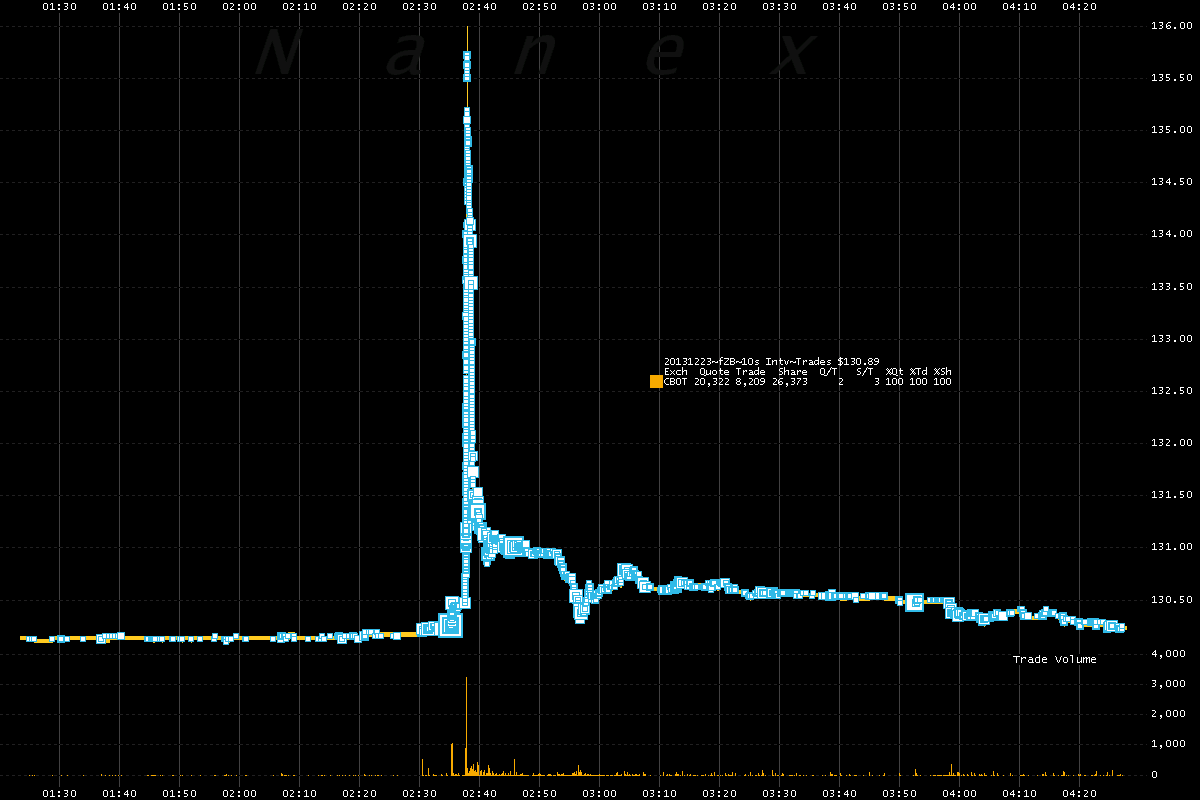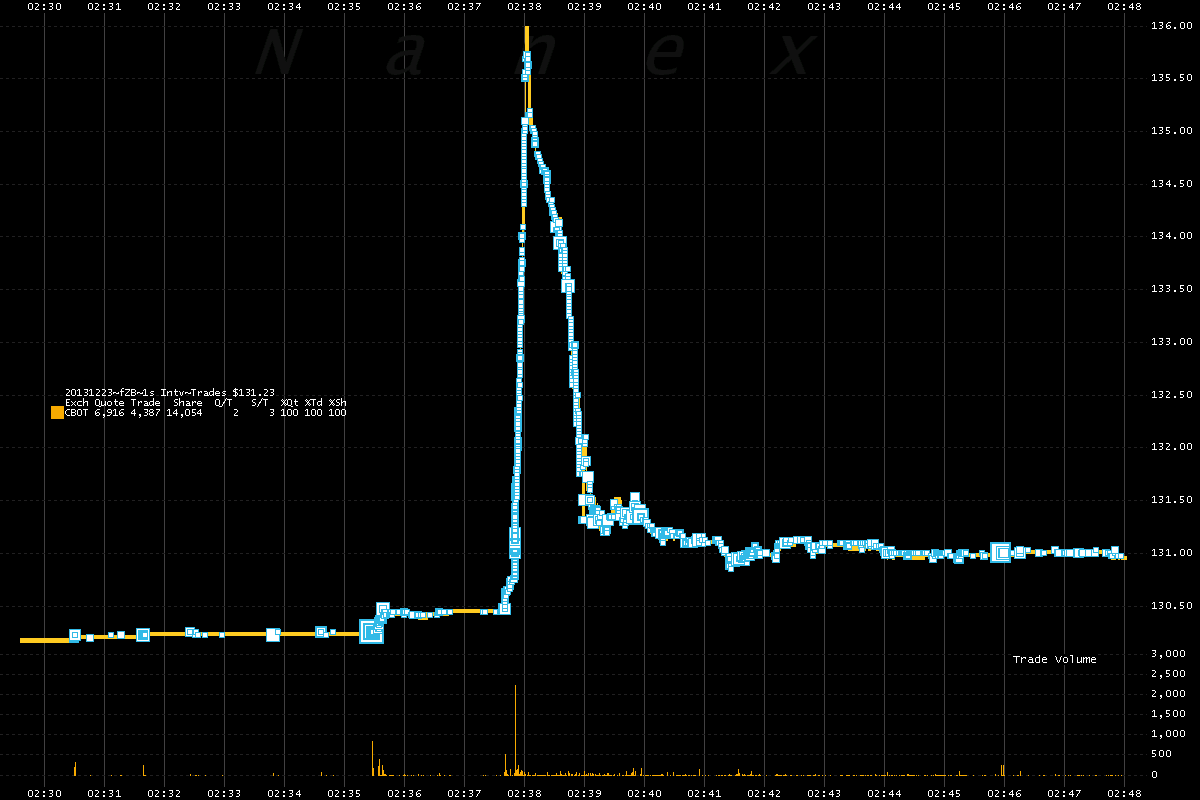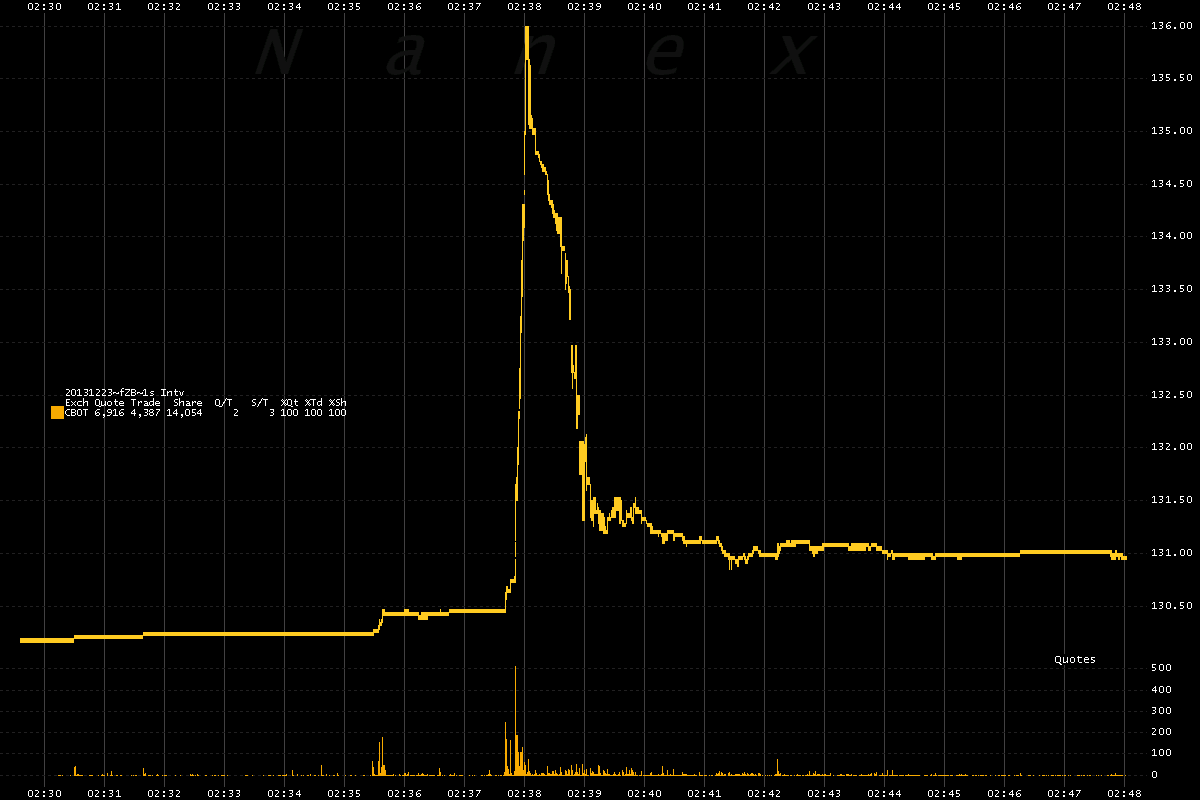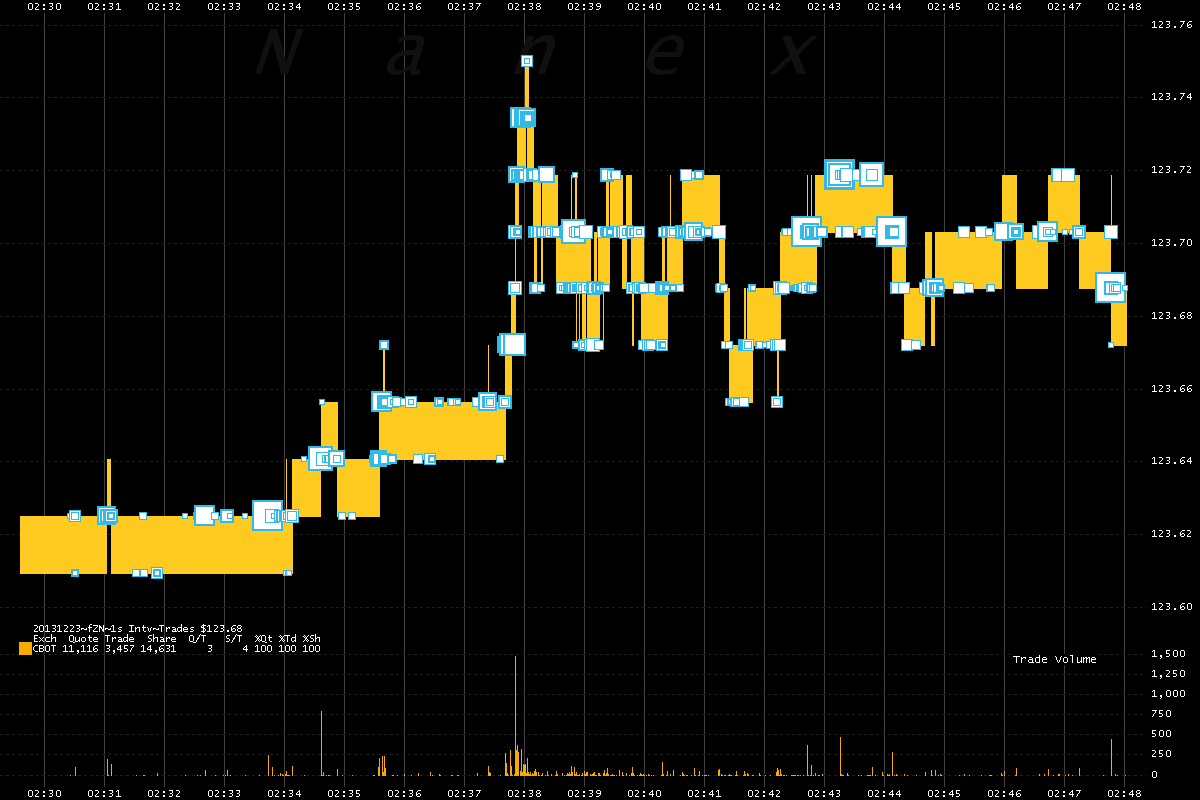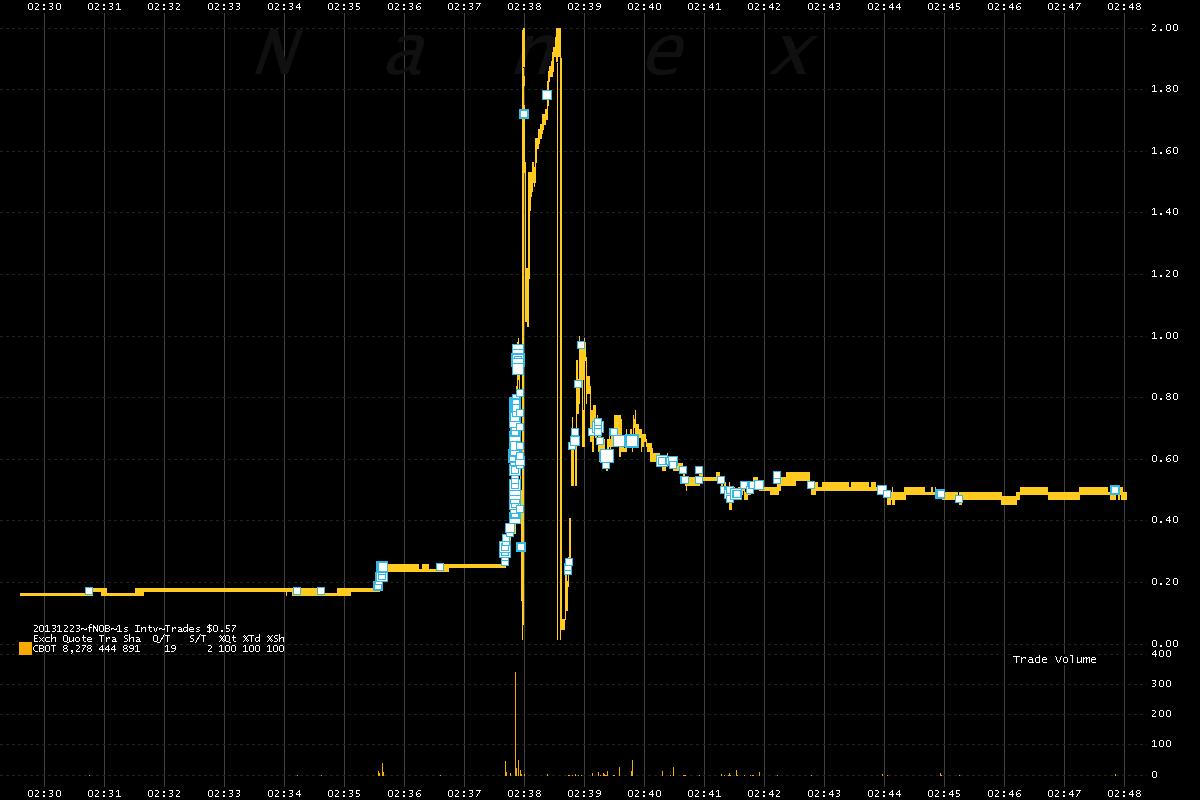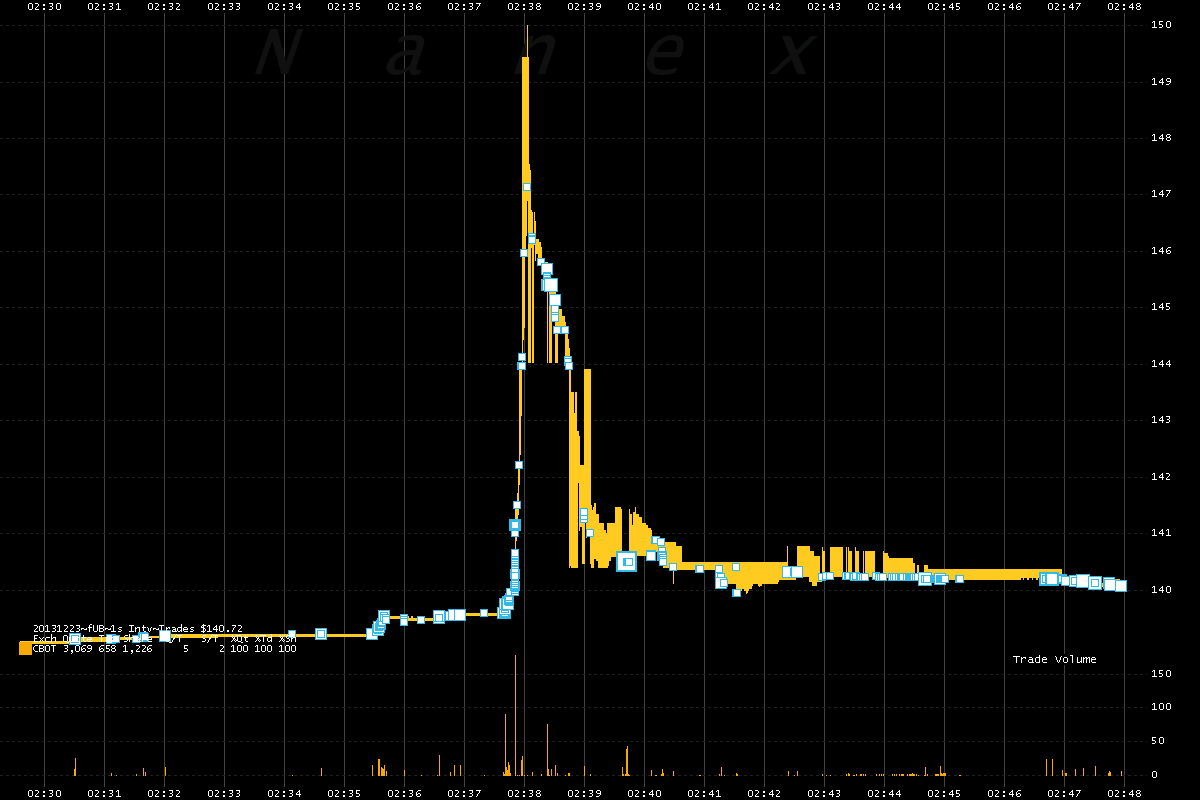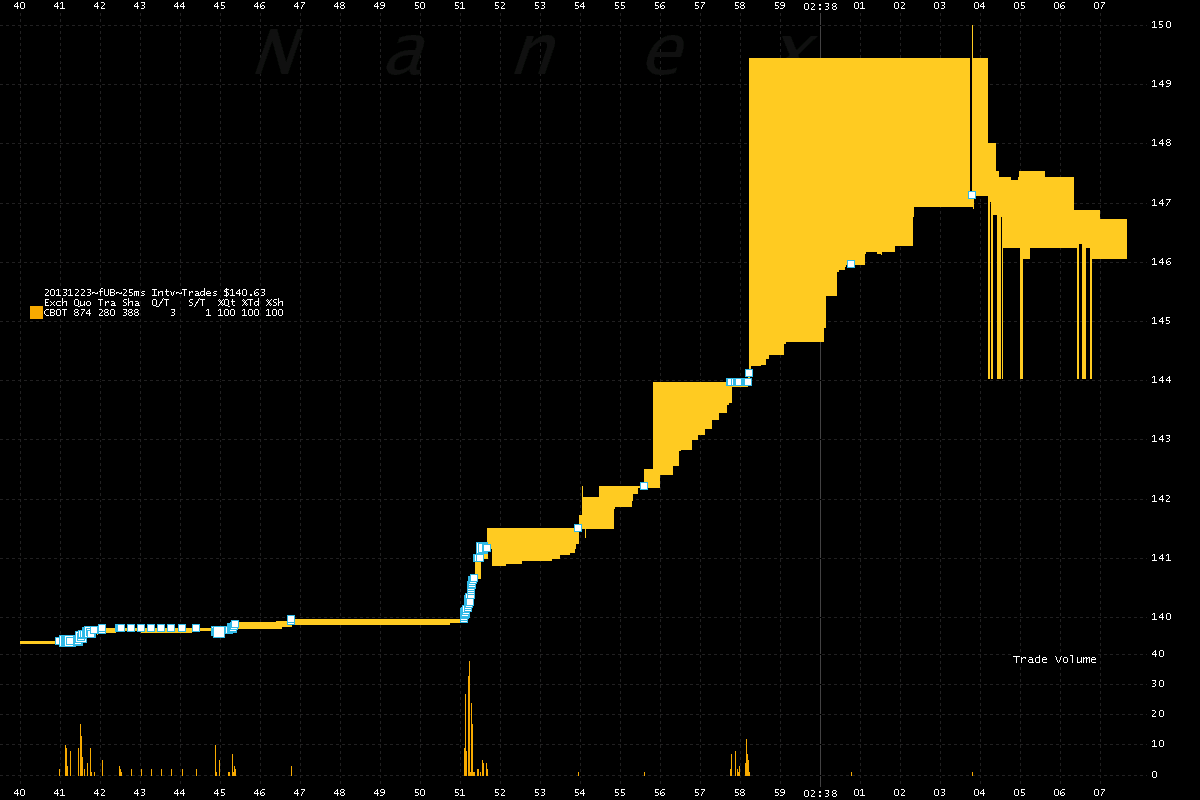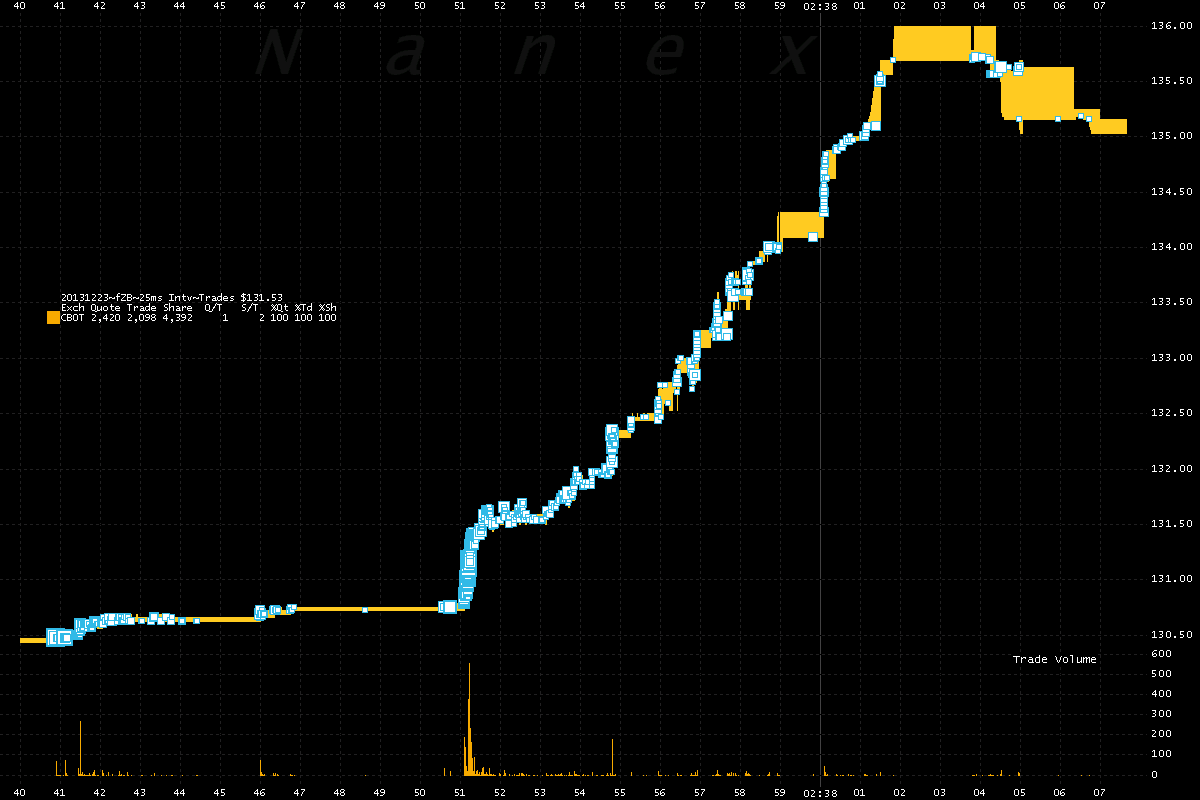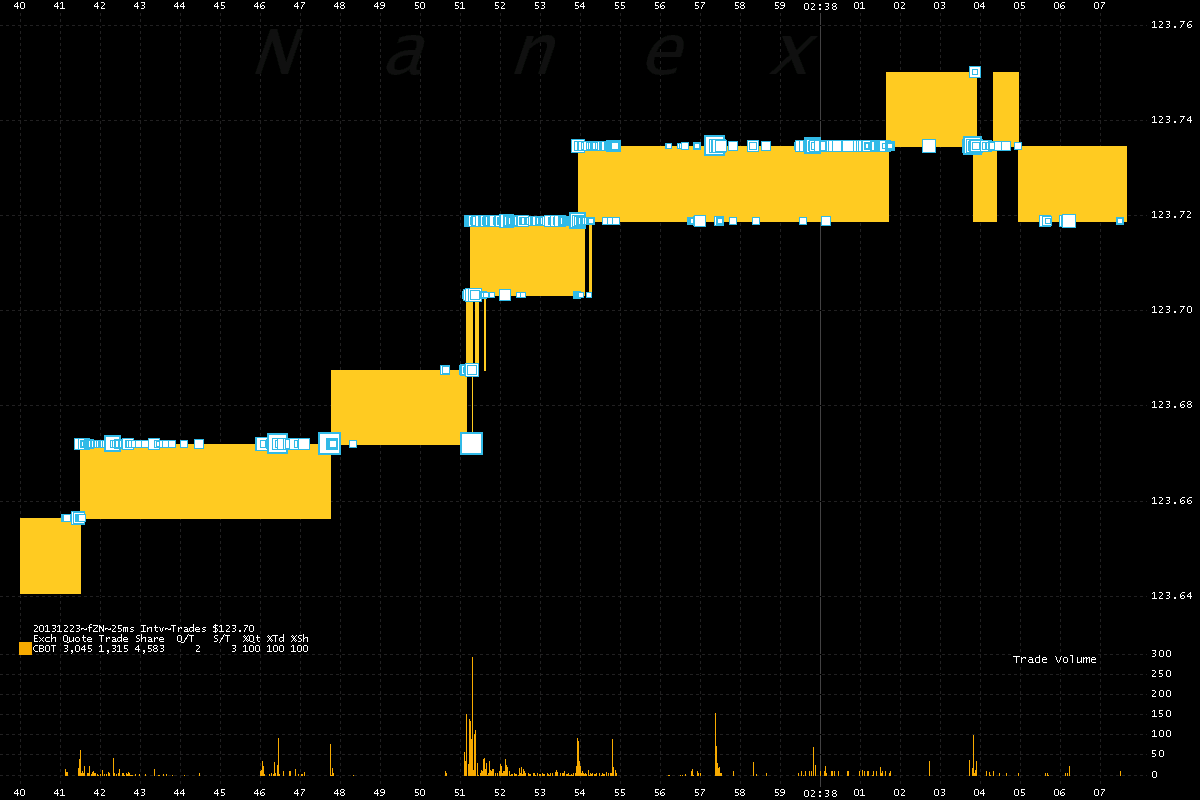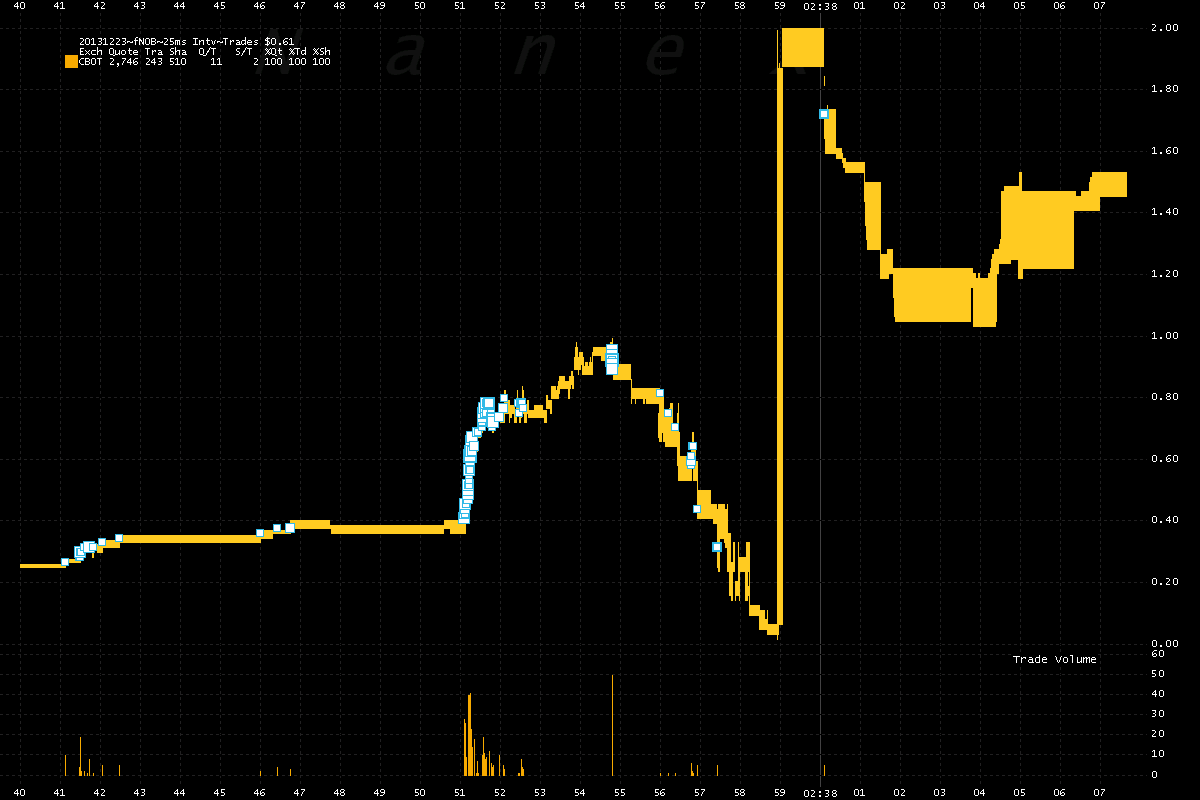Submitted by Michael Krieger of Liberty Blitzkrieg blog,
The last aggressive anti-Bitcoin tirade I recall from Paul Krugman was written on April 14th of this year. It was such an irrational piece of drivel that I decided to respond to his Op-ed nearly paragraph by paragraph in my piece, Paul Krugman Goes on the Attack: Calls Bitcoin “Antisocial,” which I strongly suggest you read if you haven’t already.
What is most interesting about that previous article in hindsight is that he wrote it right after Bitcoin experienced its first major crash of 2013 (there have been two thus far, both after greater than 10-fold increases in the price). While I know Krugman periodically attacks Bitcoin, it’s interesting that this latest Bitcoin hit piece also came directly after the second crash. For those who are holders of Bitcoin, this should be taken as a very positive price signal going forward. Krugman’s prior article was written the day before the absolute low price for the decline was reached at $50/btc on April 15th. It seems that Krugman becomes particularly comfortable slamming Bitcoin only after a price crash.
In any event, his latest Op-ed is almost as bad as the first one, and so I thought it’d be worthwhile to highlight his ignorance, irrationality and blatant use of statist propaganda once again. So let’s go.
From the New York Times:
This is a tale of three money pits. It’s also a tale of monetary regress — of the strange determination of many people to turn the clock back on centuries of progress.
The first money pit is an actual pit — the Porgera open-pit gold mine in Papua New Guinea, one of the world’s top producers. The mine has a terrible reputation for both human rights abuses (rapes, beatings and killings by security personnel) and environmental damage (vast quantities of potentially toxic tailings dumped into a nearby river). But gold prices, while down from their recent peak, are still three times what they were a decade ago, so dig they must.
The second money pit is a lot stranger: the Bitcoin mine in Reykjanesbaer, Iceland. Bitcoin is a digital currency that has value because … well, it’s hard to say exactly why, but for the time being at least people are willing to buy it because they believe other people will be willing to buy it. It is, by design, a kind of virtual gold. And like gold, it can be mined: you can create new bitcoins, but only by solving very complex mathematical problems that require both a lot of computing power and a lot of electricity to run the computers.
In the three paragraphs above, Krugman in employing a strategy that anti-gold people have used for years if not decades. That it is wasteful and environmentally destructive to mine for gold since it has no real purpose. Interesting. What purpose do diamonds have Paul? Did you buy your wife a diamond ring for your engagement? Did you make sure it wasn’t a blood diamond? Aren’t people likely raped and exploited in the mining of diamonds? I wonder how many articles Krugman has written on the destructiveness of diamond mining, a gem that isn’t even rare to begin with.
I tend to notice a huge hypocrisy from statists that in reality hate gold because it is a competing monetary asset, but then attempt to explain away their disdain using another, more publicly palatable rationale such as environmental destruction. After all, gold should get some credit for having at least has two hugely significant historical purposes. It has been valued for both its beauty and durability as jewelry, as well as for its monetary attributes. Diamonds have one primary purpose only recently established due to extensive marketing efforts (also in drills but you get the point), which is as a status or wealth symbol, so you’d think Krugman and other statists would get far more hot and bothered about blood diamonds than gold; but do they? No, they don’t. The hypocrisy is obvious.
The second thing Krugman does in the latest Op-Ed is to take this faux criticism and then attach it to Bitcoin. See the following paragraph:
Hence the location in Iceland, which has cheap electricity from hydropower and an abundance of cold air to cool those furiously churning machines. Even so, a lot of real resources are being used to create virtual objects with no clear use.
No clear use? Really, Krugman? There is nothing useful about essentially costless transfers of value on a peer-to-peer basis? There is no value to monetary transfers that eliminate expensive and parasitic middlemen? There is no value to using a public key as a way to ask for payment, thus reducing enormous security concerns caused by providing all your private information to hundreds of merchants using credit cards? No value to being able to send millions of dollars across the globe in minutes rather than days? No value to free market currencies competing with state currencies? No value to economic freedom?
There are plenty of valid criticisms of Bitcoin, and a clear and thoughtful expression of those criticisms can only help the marketplace improve free-market crypto currencies in the future. Yet the irrational, ramblings of a statist who clearly hasn’t taken two minutes to objectively analyze Bitcoin is of no use to anyone and a disgrace to a supposedly highbrow newspaper like the New York Times.
His full Op-Ed is here if you have the stomach.
![]()
via Zero Hedge http://feedproxy.google.com/~r/zerohedge/feed/~3/wRWXj2mMEO8/story01.htm Tyler Durden












